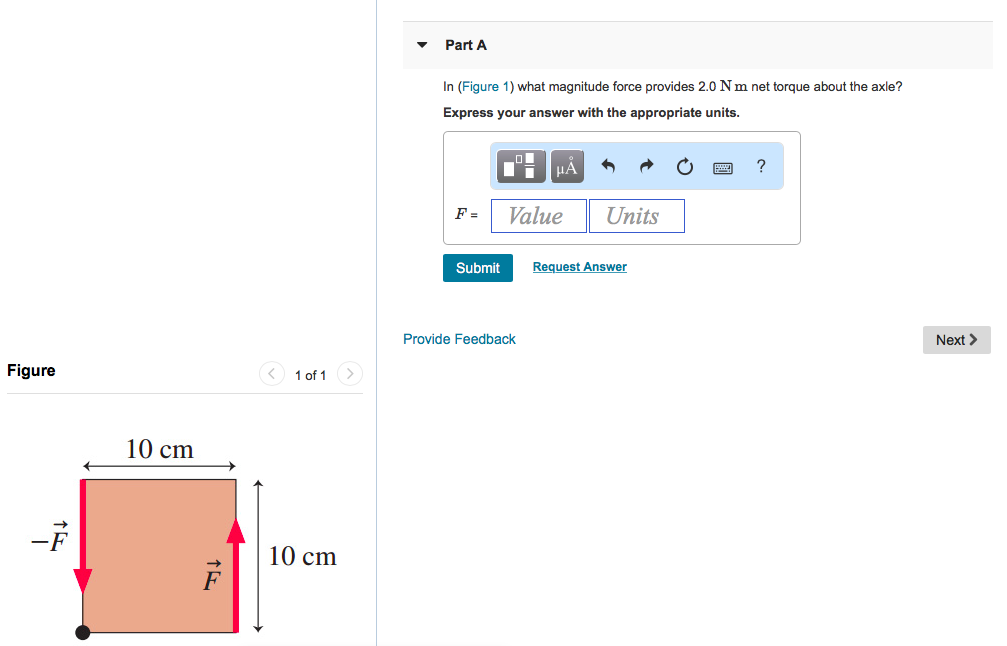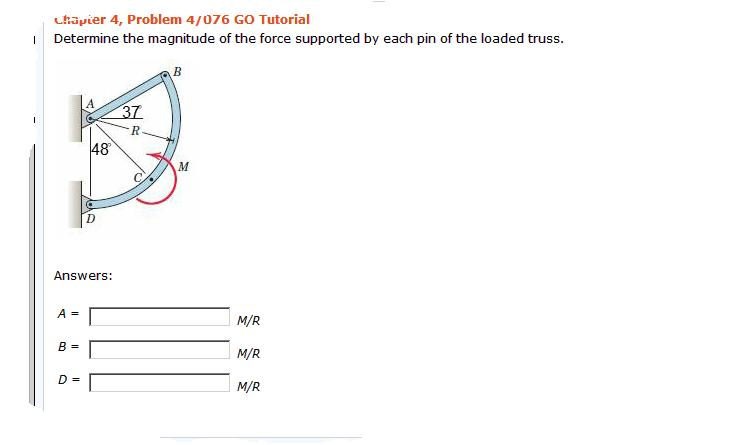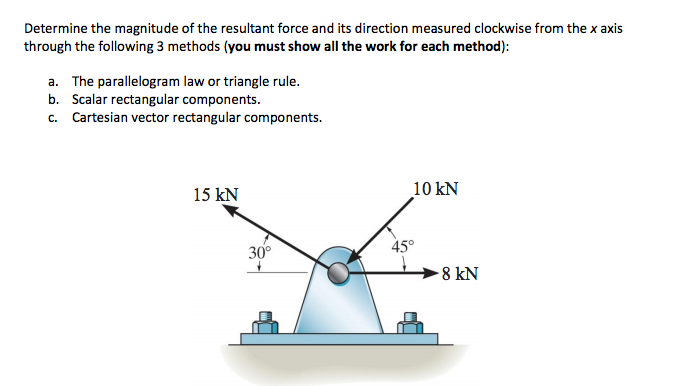
Magnifying these surfaces shows that they are rough on the microscopic level. If, on the other hand, you oiled the concrete you would find it easier to get the crate started and keep it going.įigure 5.33 shows how friction occurs at the interface between two objects. If you were to add mass to the crate, (for example, by placing a box on top of it) you would need to push even harder to get it started and also to keep it moving. Once in motion, it is easier to keep it in motion than it was to get it started because the kinetic friction force is less than the static friction force. But if you finally push hard enough, the crate seems to slip suddenly and starts to move.

This means that the static friction responds to what you do-it increases to be equal to and in the opposite direction of your push. You may push harder and harder on the crate and not move it at all. Imagine, for example, trying to slide a heavy crate across a concrete floor. Look at the table of static and kinetic friction and ask students to guess which other systems would have higher or lower coefficients. Explain the concept of coefficient of friction and what the number would imply in practical terms.

Ask students which one they think would be greater for two given surfaces. Start a discussion about the two kinds of friction: static and kinetic. Pressure = 1.94 slug/ft3 x 32.2 ft/s2 x 1.Review the concept of friction. Now, we can calculate the pressure on the triangular gate: Using the sine function, we can calculate the depth of the triangular gate:

Since the tank is symmetrical, we can consider the right triangle formed by the height of the tank (30 in), the height of the triangular gate (20 in), and the angle (30°). The depth of the triangular gate can be calculated using trigonometry. Given that the water density (p) is 1.94 slug/ft3 and the water specific weight (γ) is 62.4 lb/ft3, we can calculate the pressure at the depth of the triangular gate.

The pressure at a given depth in a fluid can be calculated using the equation: A) To calculate the magnitude of the resultant force on the indicated area (triangle), we need to use the equation:įirst, we need to calculate the pressure on the triangular gate.


 0 kommentar(er)
0 kommentar(er)
